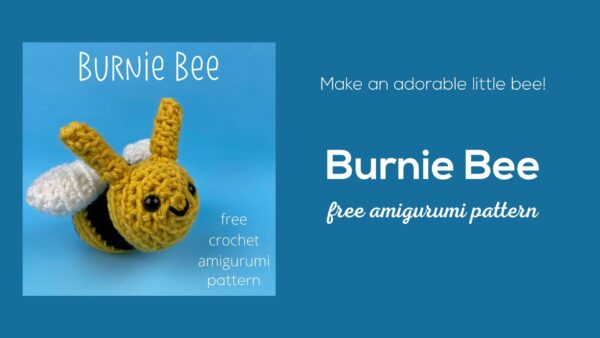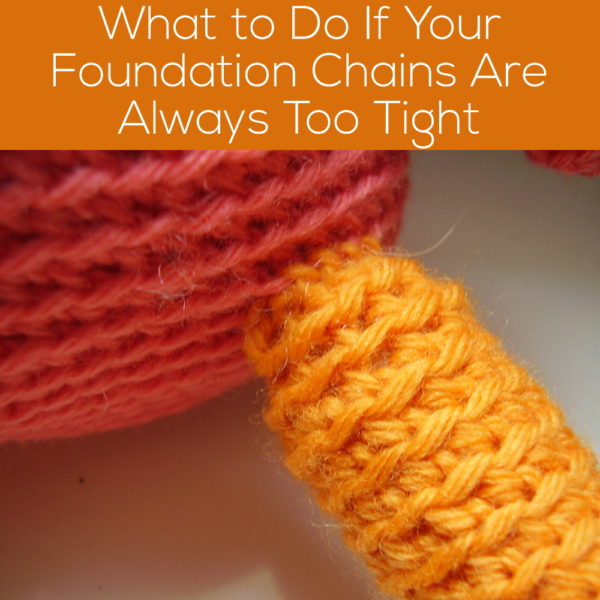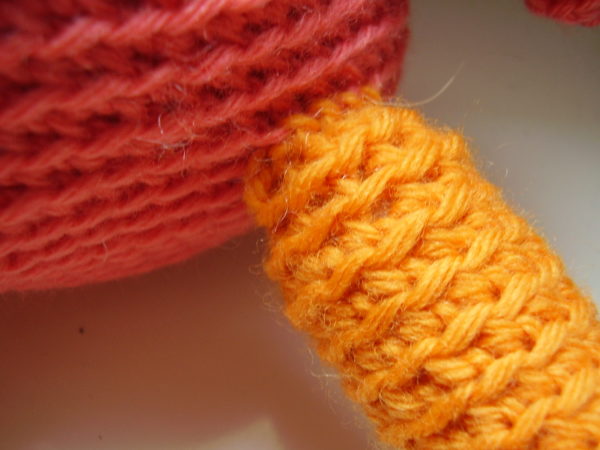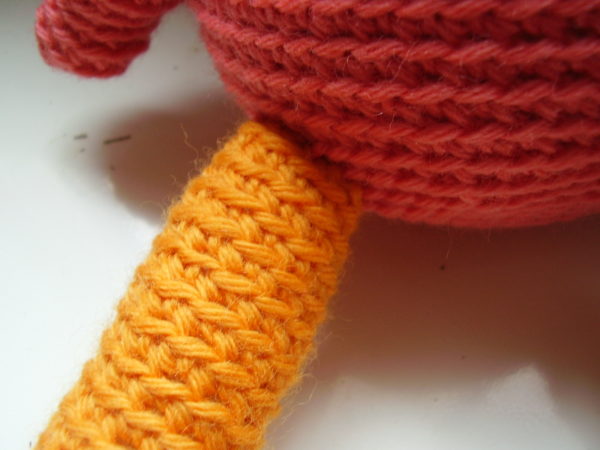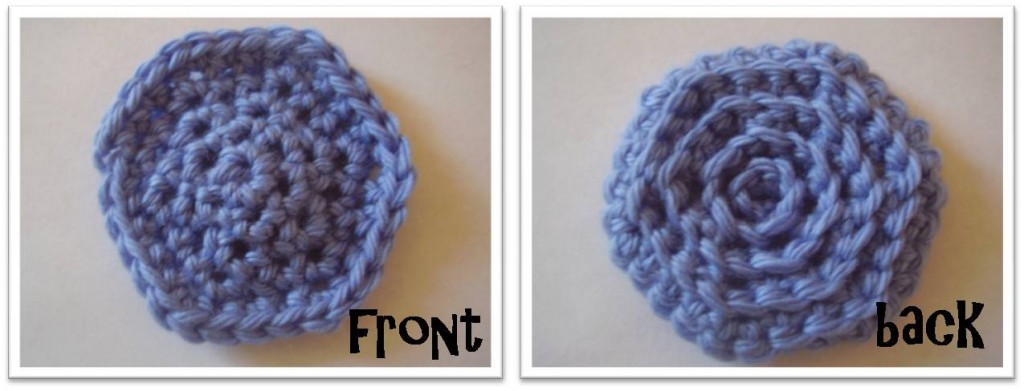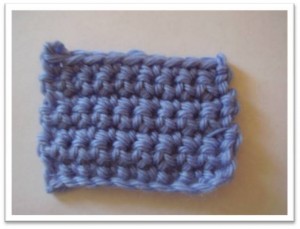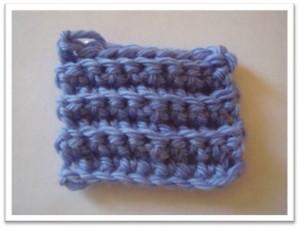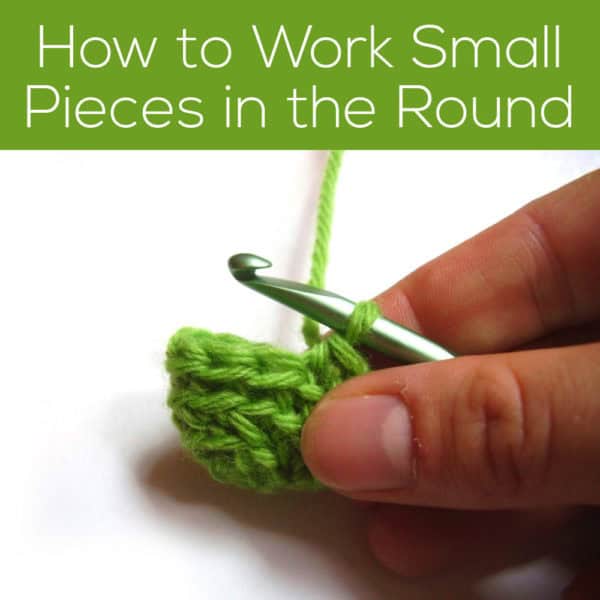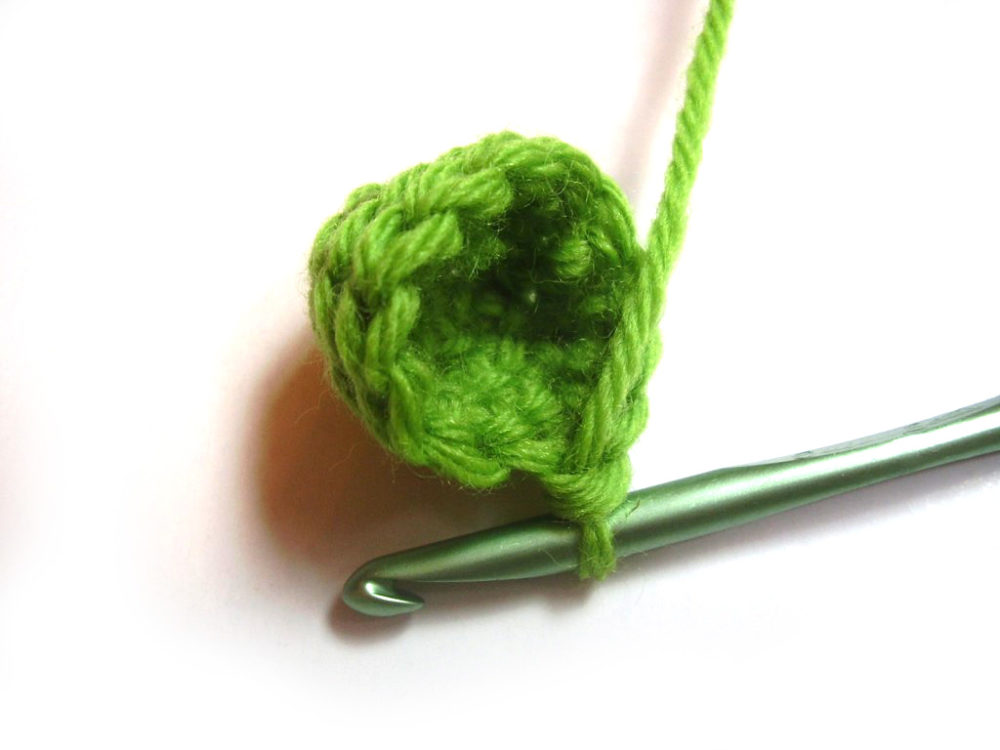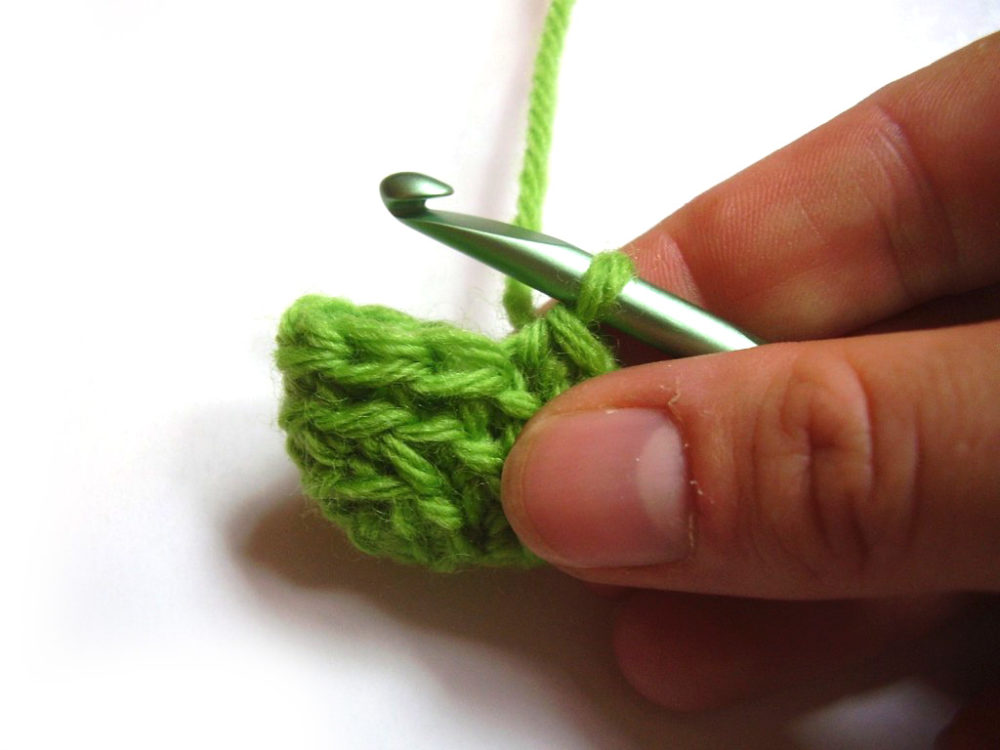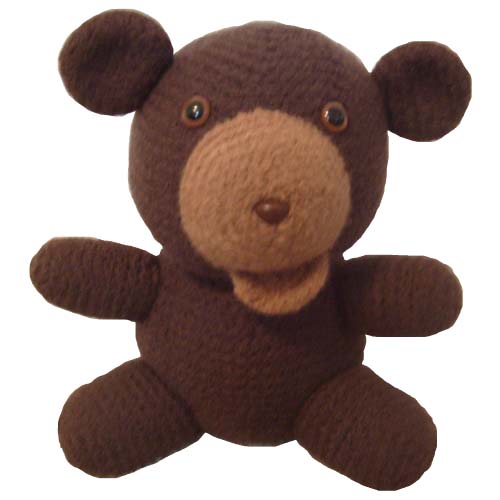
One of my newest patterns is Gerry the Felted Bear! We have become quite taken with felting, so in this blog post, we’ll review all the important stuff you need to know. But trust me, it’s easy!
Selecting yarn for a felted project
All of our FreshStitches patterns are made using worsted weight yarn. You’ll notice that most of our cover models are made from Ella Rae, a 100% wool yarn. For most of our patterns, any worsted weight yarn will work – so many of our customers use acrylics (such as Red Heart classic), or their favorite yarn. But when you make a felted animal, you need to take a little more care to select a yarn because you need to pick a yarn that will felt!
It’s important to select a yarn that is made from 100% animal wool. Acrylics won’t work here! Also, select a wool that doesn’t say ‘superwash’. A wool will say ‘superwash’ if it is a wool that can be put in the washing machine. It means that the wool has gone through a special process that removes the fiber that makes it felt – you don’t want to use that for a felted animal!
Here’s an easy way to check if your yarn will felt – if it says ‘100% wool’, and the label says ‘hand wash with cold water only’, then there is a good chance that it will felt!
Different brands felt differently, so you may want to do a test swatch. Also, different colors felt differently. For example, white yarn sometimes doesn’t felt very well: the bleaching process occasionally removes the felting ability of the fiber. That said, many whites do felt, so try a test to find out if yours does!
Okay, so you’ve picked your yarn, and you went ahead and crocheted your amigurumi. Now it’s time to felt! The three crucial ingredients to the felting process are: heat, water and agitation. Here, we’ll talk about three ways to achieve a great felting job.
felting in the washing machine
You’ve probably heard stories of someone putting a hand-knit sweater in the washing machine, and it comes out super-tiny… that’s because it felted! No surprise, then, that the washing machine is the easiest way to felt a stuffed animal. It doesn’t matter if you have a top- or front-loading washing machine: both will work. (You’ll read lots of places where it’s claimed that front-loading washing machines don’t work – but I live in an apartment, and my laundromat only has front loaders, and I’ve never had a problem). If you have a European super-energy efficient washing machine, then you may want to use another method, because super-energy efficient often means that there isn’t enough water to get the felting to work.
So, you have a washing machine. Toss your crochet in, put a tiny bit of detergent in (like, 1 tablespoon), turn the machine to the hottest setting, and let it go! With stuffed animals, you want the yarn to felt as much as possible, so there is no worry about over-felting. If the piece doesn’t felt as much as you’d like, just throw it in for another cycle.
felting in the dryer
If you don’t have a washing machine that will work, you may want to use the dryer. The dryer is hot and spins stuff around, so it’ll felt the yarn just fine!
Soak your crocheted pieces in water, and toss them into the machine. If the pieces are too dry, the dryer will dry them, without completely felting them… so wet is good! Same as above, if the piece doesn’t felt as much as you’d like, just re-wet the pieces, and throw them in for another cycle.
felting by hand
Finally, you can felt by hand. I’m not going to fib – it’s tiring. I have often attempted to felt by hand, and then I get tired and decide to throw the pieces in the washing machine instead! But, if you’re energetic, give it a try.
Fill a tub with hot water- as hot as you can stand. You may want to put on some rubber gloves if it allows you to use hotter water. Toss in a little bit of soap or detergent, and scrub away! You want to agitate the fabric as much as you can – rub it together, twist it, beat it. The difficult part is sustaining the scrubbing long enough to felt the piece, and also to felt evenly around the entire piece.
Give it a try!
So, there you have it! Lots of ways to felt! After you are done felting, stuff your pieces with newspaper to allow them to dry in a nice shape. Once they’re dry, you’re ready to assemble according to the directions in the pattern.
Happy felting!


